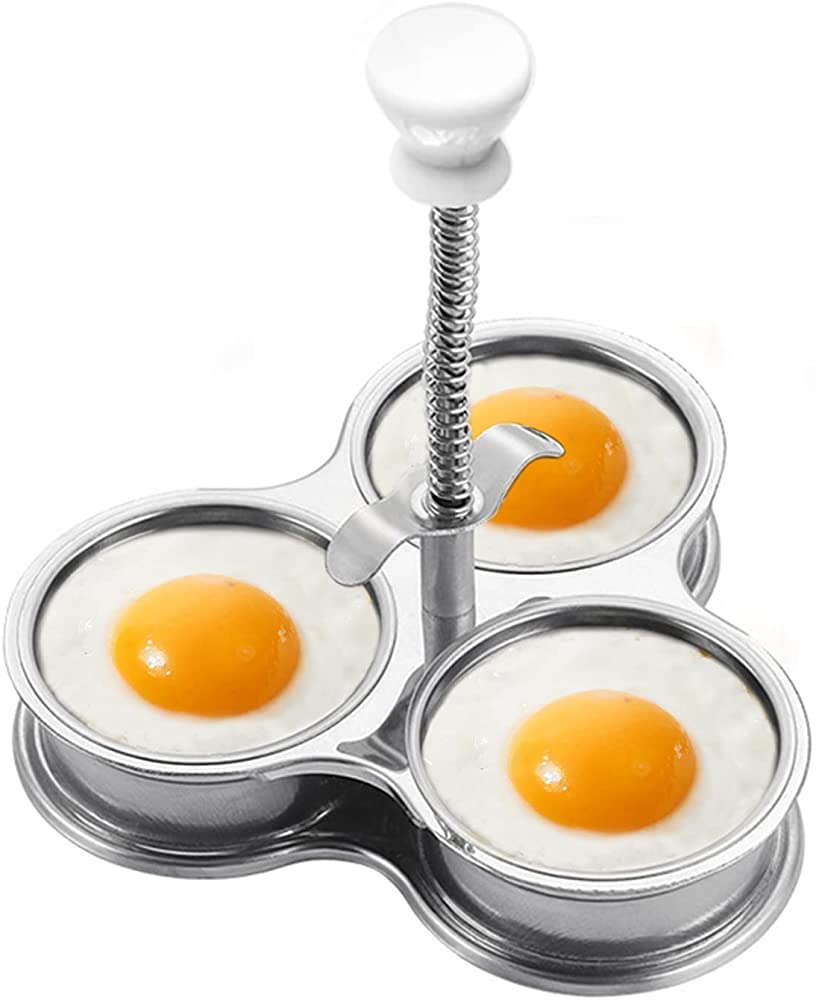Boiling is a simple cooking technique that uses minimal equipment, making it popular among beginner cooks, but mastering the different types of boiling techniques is essential to avoid overcooking or undercooking. Simmering is used for soups and stews, poaching for delicate ingredients like seafood, blanching to preserve the color, texture and flavor, parboiling to make peeling easier and even cooking, boiling for pasta and hard-boiled eggs, and steaming for retaining the food’s nutrients, color, and texture. Tips include using a wide pot, salting water, avoiding overcooking, using a lid, and using a timer.
From Poaching to Steaming: A Guide to Boiling Techniques
Boiling food is one of the oldest cooking methods. It’s a simple technique and requires minimal equipment, making it a favorite among beginner cooks. However, there are various ways to boil different types of food, and mastering them is essential to avoid overcooking or undercooking the ingredients. In this article, we will cover the different boiling techniques, tips and tricks for beginners, and steps to master the boiling method.
Types of Boiling Techniques
Boiling techniques can range from simmering to rolling boil. Here are the different types of boiling techniques and their description:
Simmer
Simmering means cooking the food at low heat. This technique is used when preparing soups, stews, and sauces. It helps in cooking the ingredients slowly and breaking down the flavors over time.
Poaching
Poaching involves cooking food in a simmering liquid without stirring them. This method is used for delicate ingredients like eggs, seafood, and poultry. Poaching helps in preserving the food’s natural flavor and texture.
Blanching
Blanching is a quick boiling method used to preserve the food’s color, texture, and flavor. It’s the process of cooking food until it’s partially cooked and then immediately transferring it to cold water. Blanching is commonly used for vegetables, fruits, and pasta.
Parboiling
Parboiling involves partially boiling food before finishing it off by frying, baking, or grilling. This technique is usually used for potatoes or other root vegetables, where parboiling allows for easier peeling and even cooking.
Boiling
Boiling means cooking food with a continuous rolling boil. This method is used for rice, pasta, noodles, and hard-boiled eggs. Boiling helps in cooking the food to the desired consistency.
Steaming
Steaming means cooking food with high heat and steam. This method is used for vegetables, dim sum, and dumplings. Steaming retains the food’s nutrients, color, and texture.
Tips and Tricks for Boiling
Now that you know the different boiling techniques, here are some tips and tricks to help you master the art of boiling:
Use a wide pot
When boiling food, make sure to use a wide pot that can accommodate enough water and ingredients without crowding them. A crowded pot can result in uneven cooking, where some parts are overcooked, while others are undercooked.
Salt your water
Adding salt to your water enhances the flavor of your food. Salt also helps in creating a boiling point and regulating the temperature of the food being boiled. Generally, a teaspoon of salt per quart of water is enough.
Don’t overcook your food
Boiling food for too long can result in mushy and unappetizing food. Make sure to follow the recipe instructions and avoid overcooking your food by checking on it regularly.
Use a lid
Using a lid helps in trapping the steam, increasing the temperature and cooking your food faster. It’s important to check on the food regularly, though, to avoid overcooking it.
Use a timer
Using a timer will help you avoid overcooking your food. Set the timer based on your recipe and food type, and check on it regularly until it’s done.
Conclusion
Boiling techniques are essential to learn for any beginner cook. Mastering these techniques will help you cook different types of food to perfection. Remember to use the right pot, salt your water, check on the food regularly, and use a timer. Boiling and steaming are great ways to cook food and retain its nutrients and flavor. Happy boiling!
